VeriSM™ Foundation
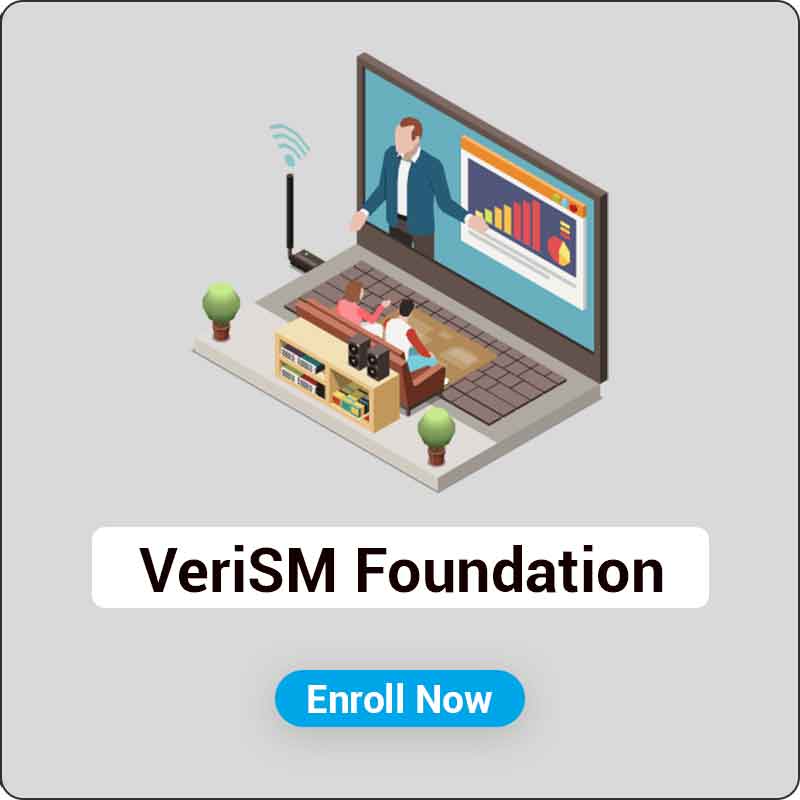
Accredited By

Course Features
Exam Voucher by EXIN
Official Training Material from EXIN
Official VeriSM E-Book
Highly Experienced & Accredited Instructor
Live Instructor-Led Sessions
Real Life Examples & Case Studies
Lifetime LMS Access
K-Prime Warranty
Target Audience of VeriSM™ Foundation Course
This course is suitable for professionals who are new to Service Management as well as those already working within a Service Management environment.
This includes graduates and undergraduates, managers, service owners/managers, executives and IT professionals.
VeriSM™ Foundation Exam and Certification Information
- Duration: 01 hour
- Number of Questions: 40 (Multiple Choice)
- Pass mark: 65%
- Open book: No
- Electronic equipment allowed: No
- Level: Foundation
- Languages: Chinese, Dutch, English, German, Japanese, Portuguese
VeriSM™ Foundation Certification Journey
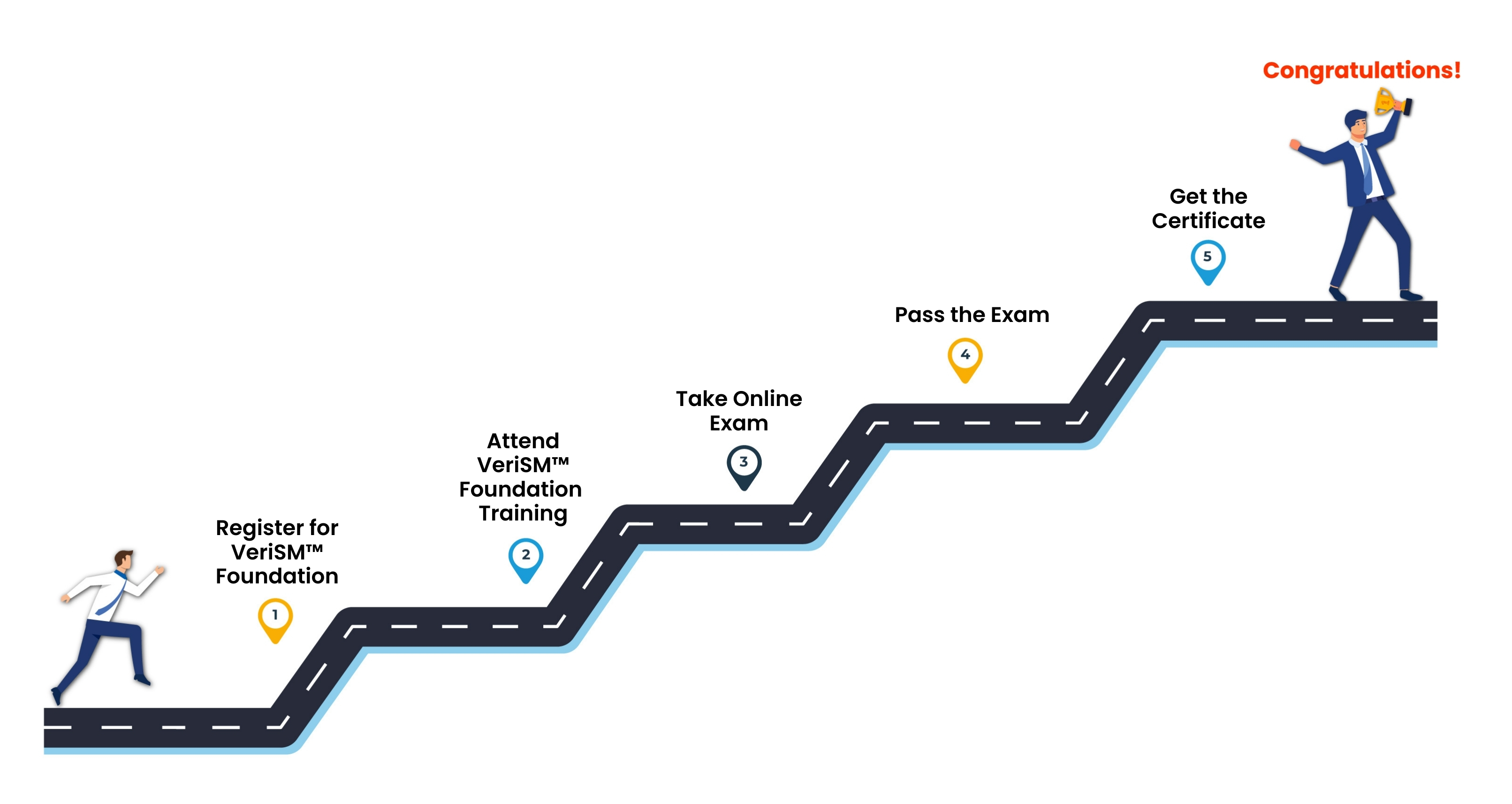
Course Outline
Organizational context
- Define key elements of an organization.
- Describe how to optimize organizational interactions.
Organizational governance
- Define the elements of organizational governance (evaluate, direct, monitor).
- Explain how governance flows through an organization.
Digital transformation
- define the impact of technology changes on organizations.
- describe the impact of digital transformation on service management.
Service culture
- Define a service culture.
- Explain the elements of a service culture.
Frequently Asked Questions.
VeriSM™ is a comprehensive service management approach designed to deliver value-driven services in the digital era. It combines various management practices, frameworks, and methodologies, enabling organizations to build a customizable and flexible management model that aligns with their unique requirements.
VeriSM™ stands out by blending traditional service management principles with contemporary digital practices. It offers adaptability by integrating frameworks such as ITIL, Agile, and DevOps, and focuses on flexibility, allowing organizations to apply the most suitable best practices based on their size, objectives, and digital transformation journey.

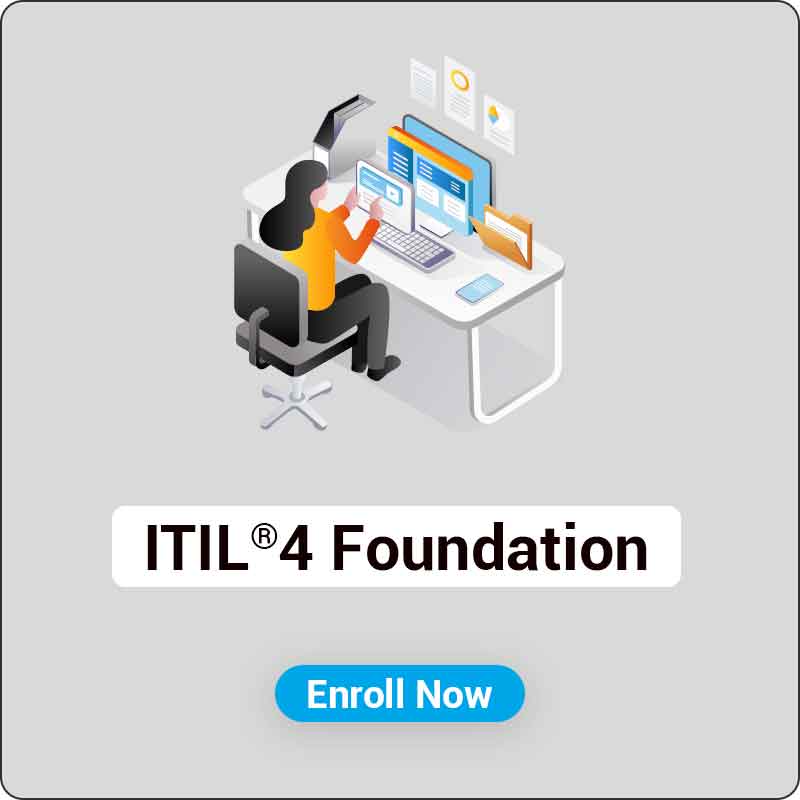
.jpg)
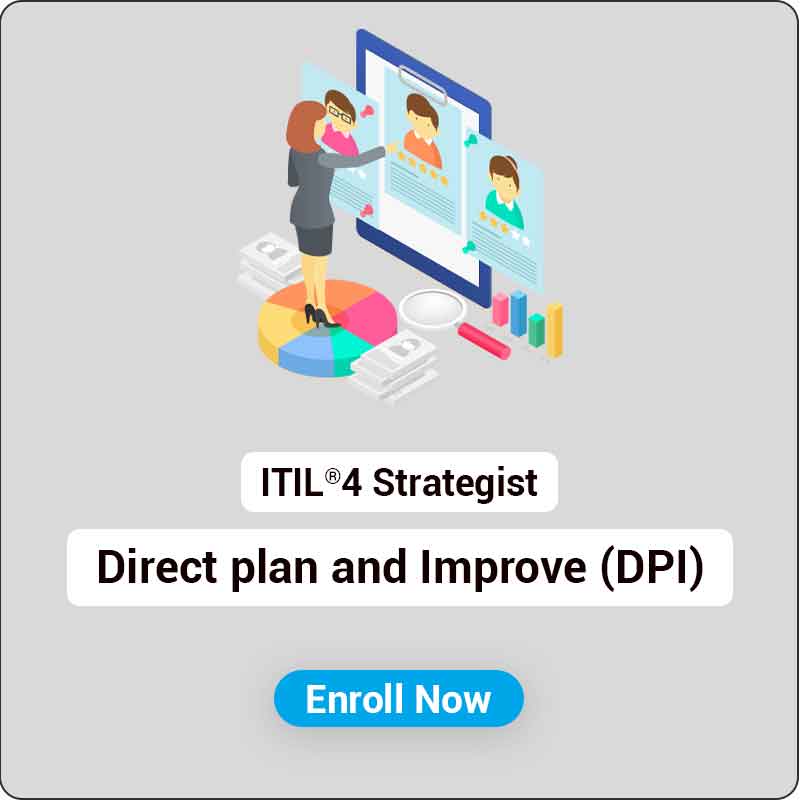
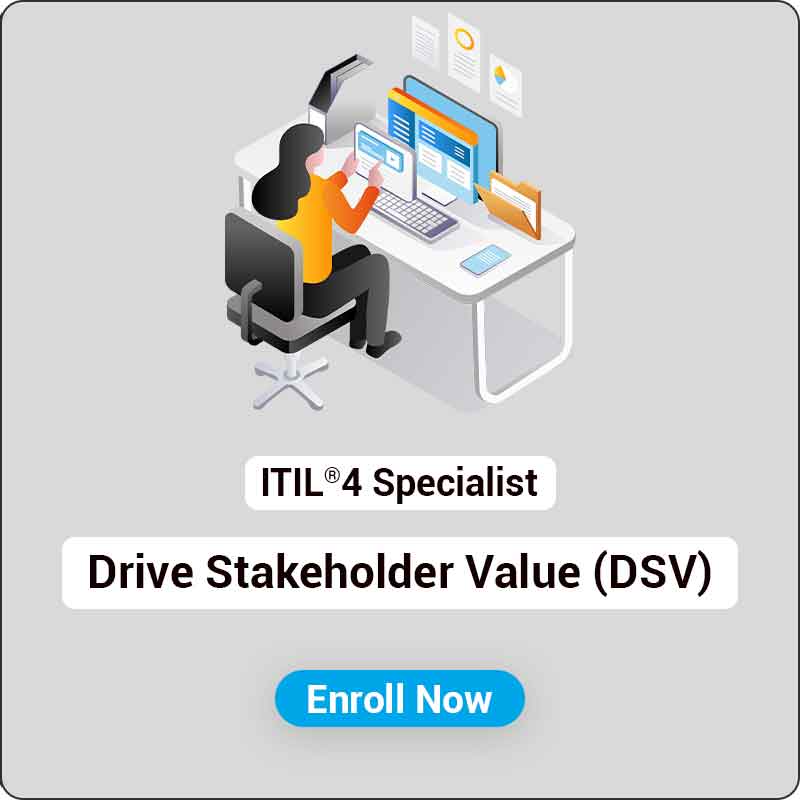
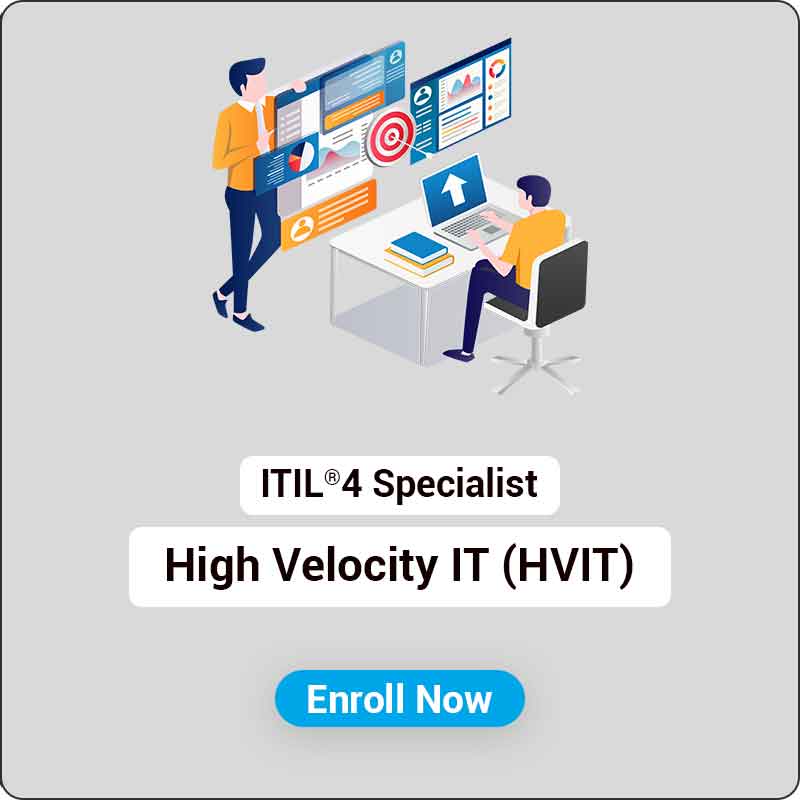
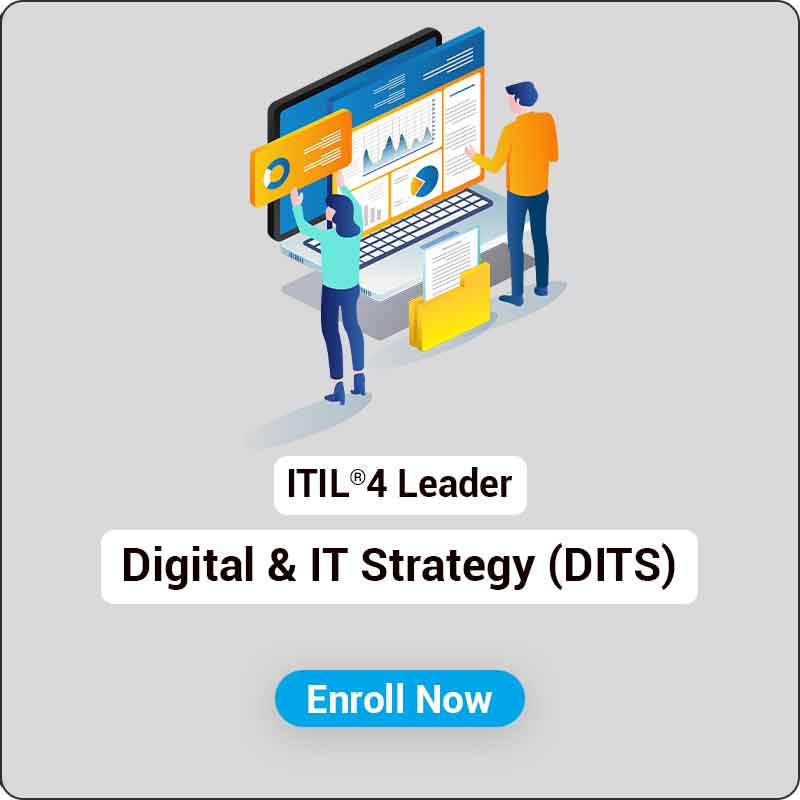
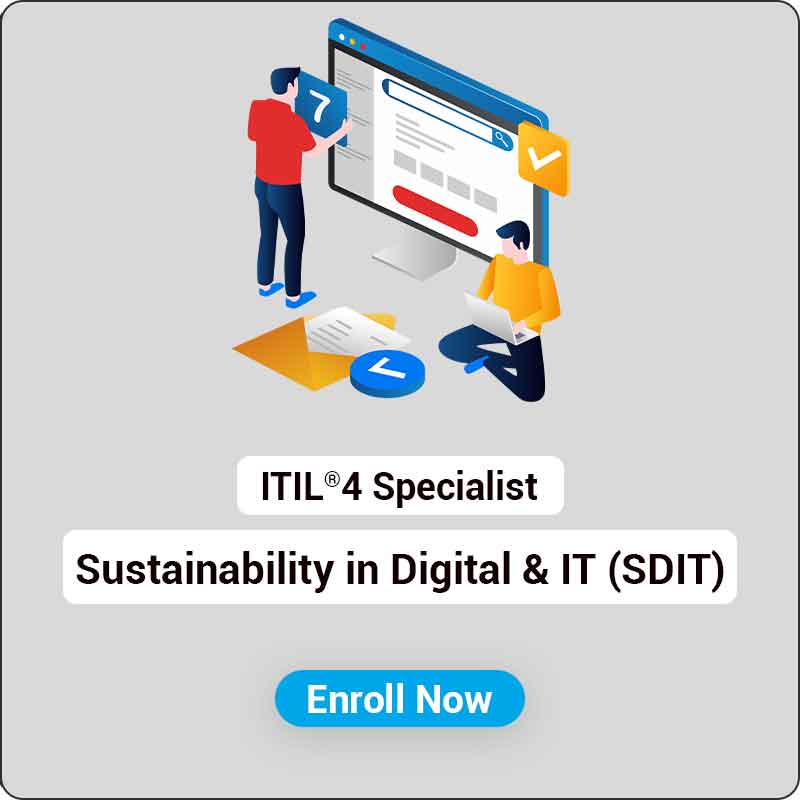
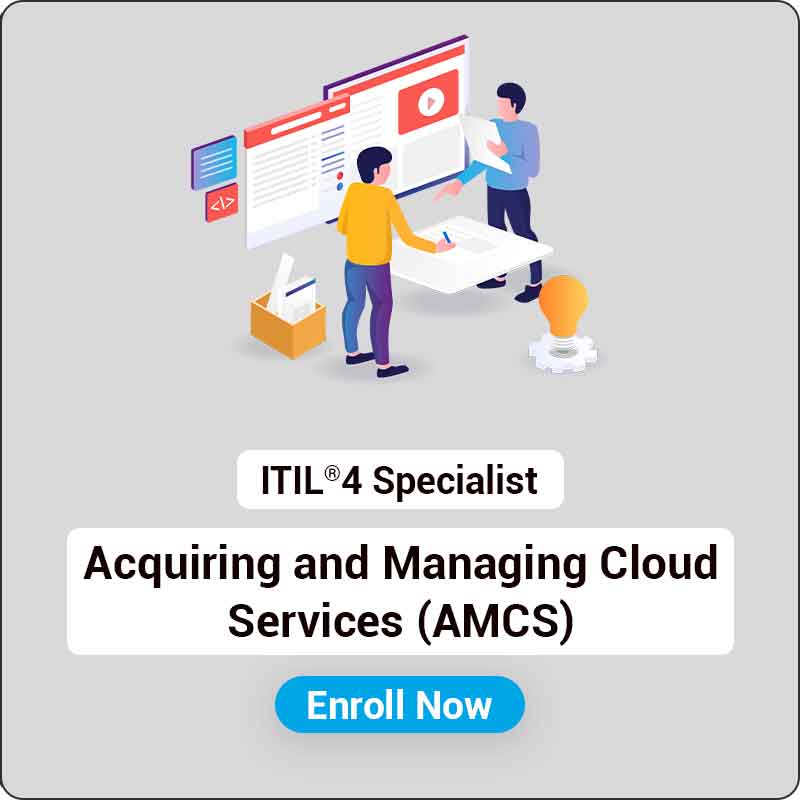
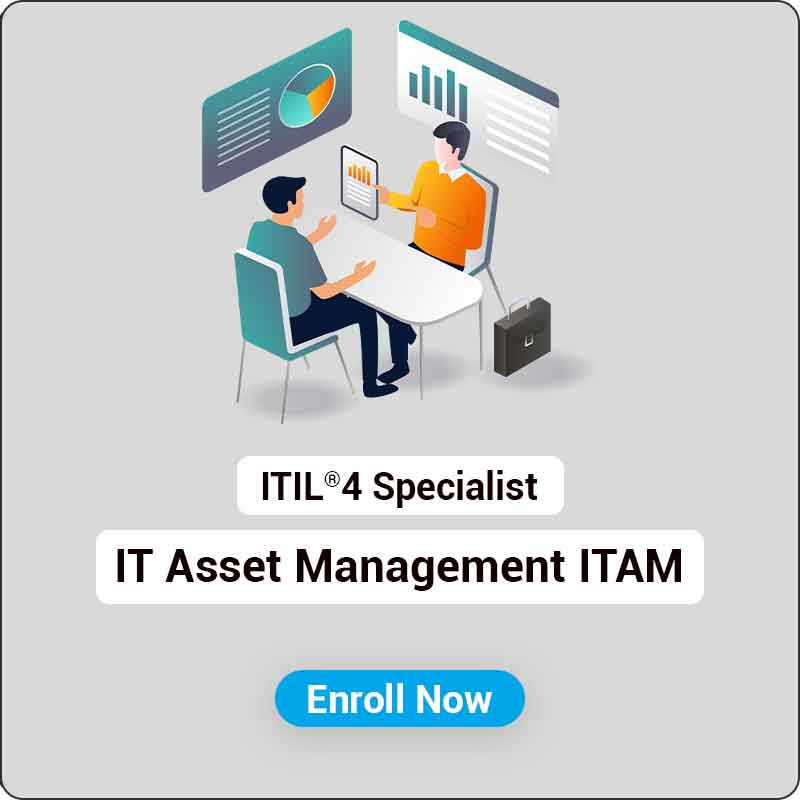
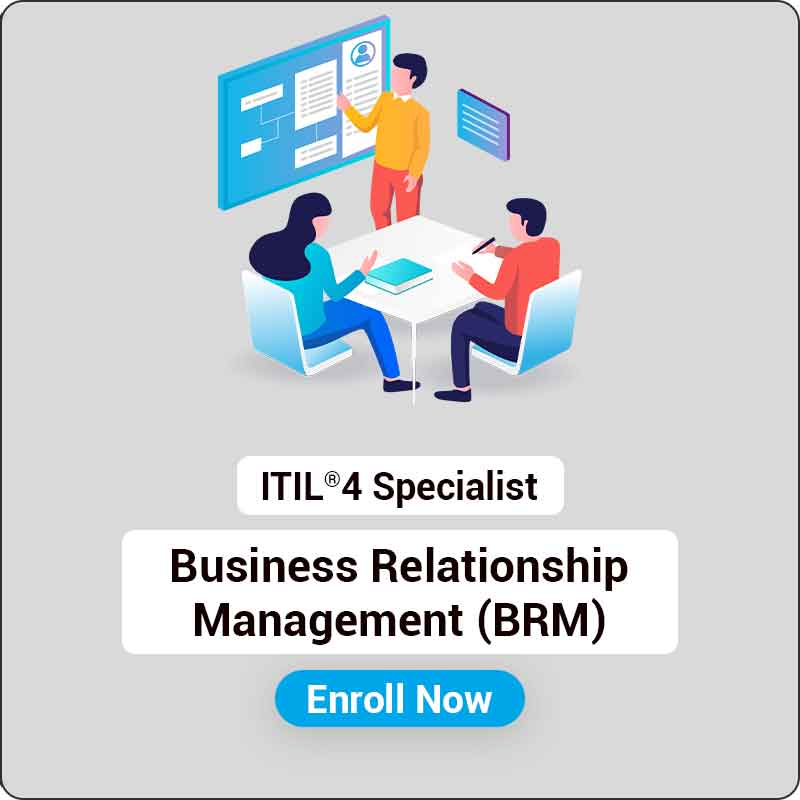


.jpg)
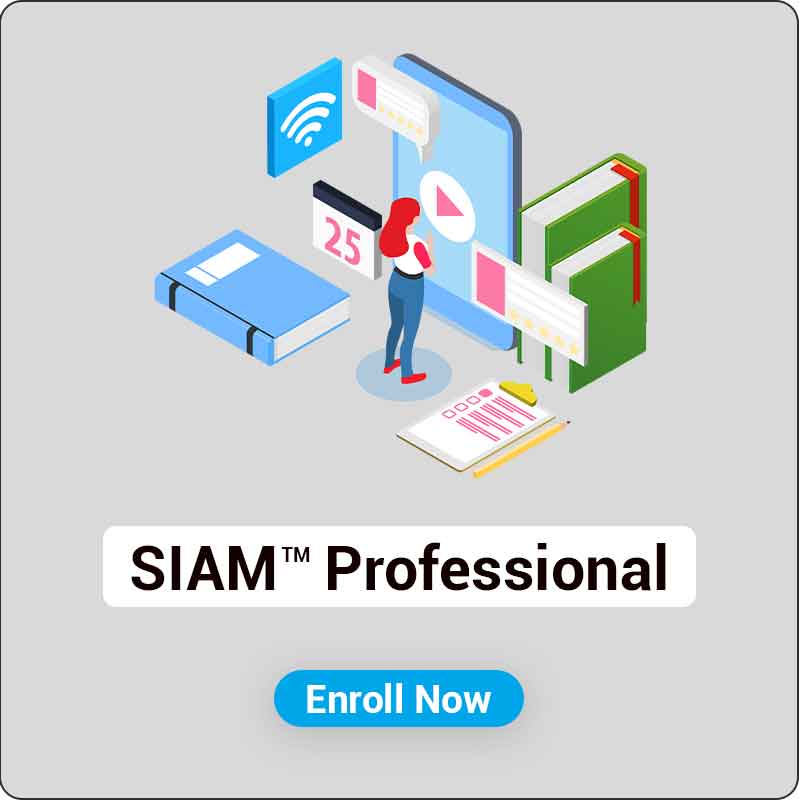
.jpg)
.png)
.png)

.jpg)
